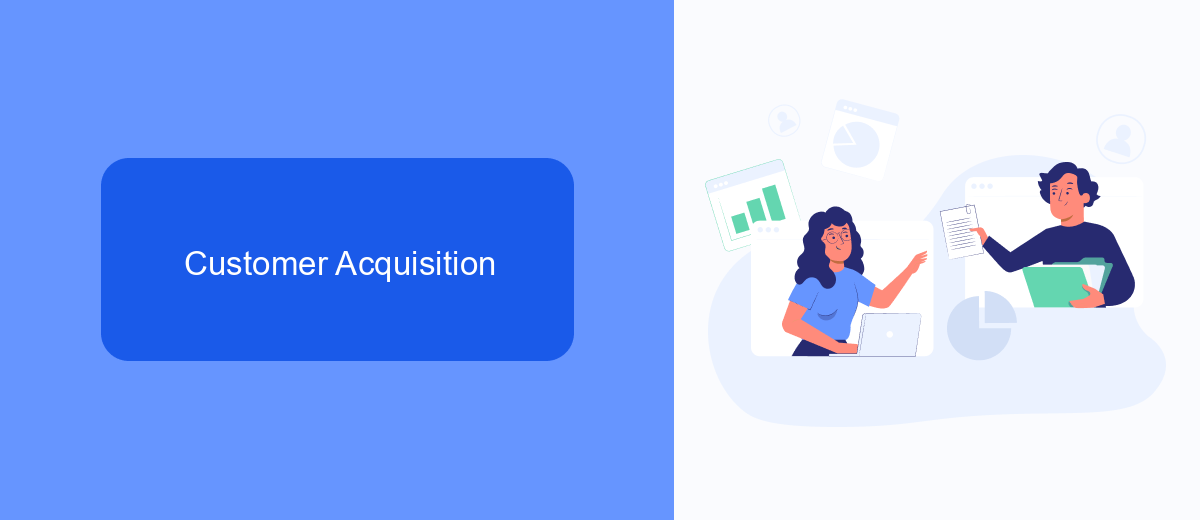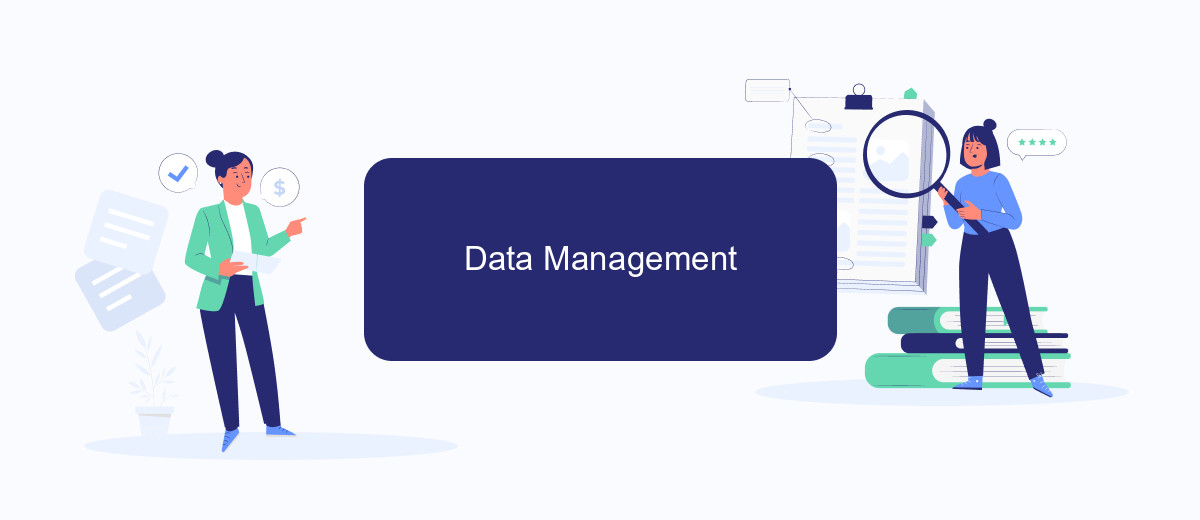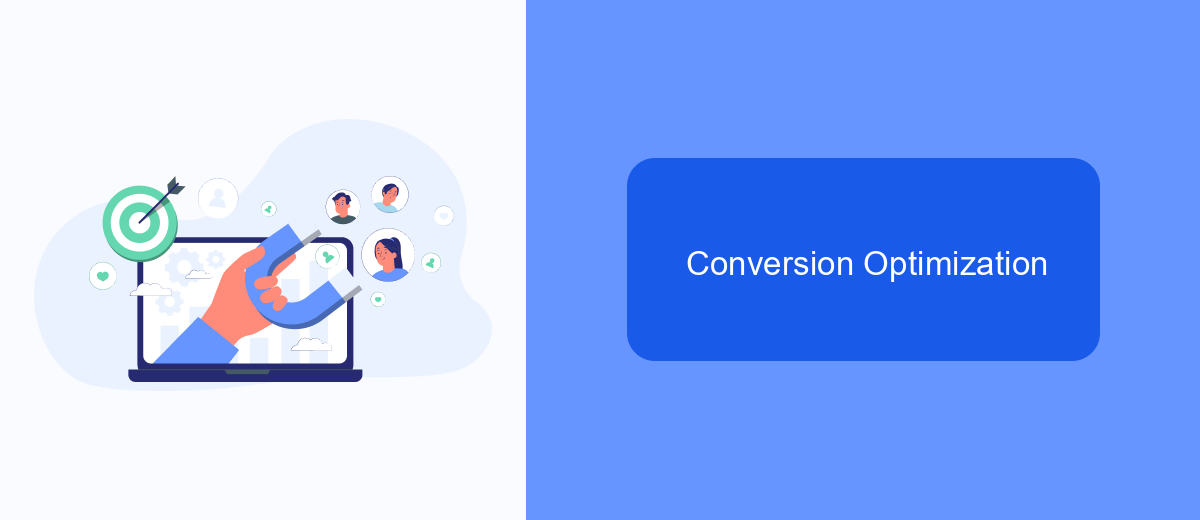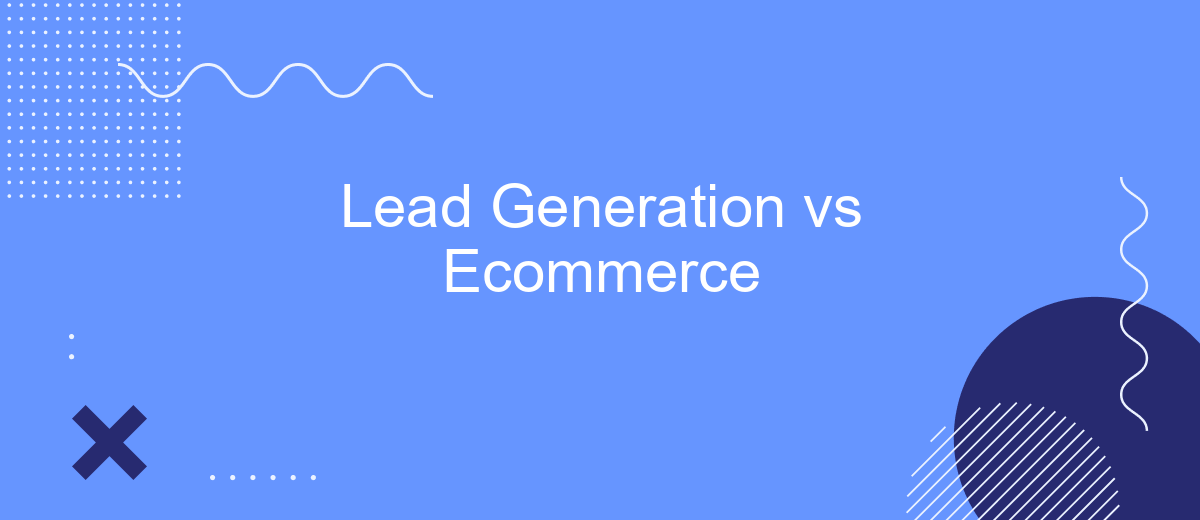In the digital age, businesses are constantly seeking effective strategies to drive growth and revenue. Two popular approaches are lead generation and e-commerce. While lead generation focuses on identifying and nurturing potential customers, e-commerce aims to facilitate direct online sales. Understanding the differences and synergies between these strategies is crucial for companies looking to optimize their marketing efforts and achieve sustainable success.
Lead Generation vs E-commerce
Lead generation and e-commerce are two distinct yet interconnected facets of online business. Lead generation focuses on identifying and cultivating potential customers, guiding them through the sales funnel until they are ready to make a purchase. In contrast, e-commerce centers on the actual transaction of goods and services online, providing a seamless shopping experience for customers.
- Lead Generation: Attracts potential customers through various marketing strategies.
- E-commerce: Facilitates the purchase process and handles transactions.
- Lead Generation: Often involves nurturing leads over time.
- E-commerce: Focuses on immediate sales and customer satisfaction.
Integrating lead generation with e-commerce can significantly enhance business performance. Tools like SaveMyLeads can automate the process of capturing and managing leads, ensuring they are efficiently funneled into your e-commerce platform. This integration not only saves time but also increases the likelihood of converting leads into paying customers, thereby boosting overall revenue.
Customer Acquisition

Customer acquisition in the realm of lead generation and ecommerce involves distinct strategies tailored to each model's unique requirements. For lead generation, the focus is often on capturing potential clients' information through various channels such as landing pages, social media campaigns, and email marketing. The goal is to nurture these leads through the sales funnel by providing valuable content and personalized follow-ups. Tools like SaveMyLeads can streamline this process by automating lead capture and integration with CRM systems, ensuring that no potential customer slips through the cracks.
In ecommerce, customer acquisition strategies are more directly tied to driving immediate sales. This includes optimizing product listings, leveraging paid advertising, and employing retargeting techniques to convert visitors into buyers. Ecommerce platforms often utilize analytics to track customer behavior and refine marketing efforts. Integrating services like SaveMyLeads can also benefit ecommerce businesses by automating the collection of customer data from various touchpoints, enabling more personalized marketing and efficient customer relationship management.
Data Management

Effective data management is crucial for both lead generation and eCommerce businesses. Proper handling of data ensures that customer information is accurate, up-to-date, and easily accessible, which is essential for making informed decisions and delivering personalized experiences.
- Data Collection: Gather data from various sources such as websites, social media, and email campaigns.
- Data Integration: Use tools like SaveMyLeads to integrate collected data into your CRM or marketing platforms.
- Data Analysis: Analyze the data to identify trends, customer preferences, and areas for improvement.
- Data Security: Implement robust security measures to protect customer data from breaches and unauthorized access.
By leveraging data management tools and practices, businesses can streamline their operations, enhance customer engagement, and ultimately drive growth. Services like SaveMyLeads facilitate seamless integration of data, allowing businesses to focus on analyzing and utilizing the information to achieve their goals.
Conversion Optimization

Conversion optimization is a critical aspect of both lead generation and ecommerce, focusing on turning visitors into customers or leads. For lead generation, the goal is to collect information from potential customers, often through forms or sign-ups. In ecommerce, the objective is to encourage visitors to complete a purchase.
Both strategies require meticulous attention to user experience, persuasive copy, and seamless navigation. A/B testing is an effective method for determining what works best, allowing you to compare different versions of a webpage to see which one performs better.
- Use clear and compelling calls-to-action (CTAs)
- Optimize landing pages for speed and relevance
- Implement trust signals like reviews and testimonials
- Utilize tools like SaveMyLeads for seamless lead integration
By focusing on these elements, you can significantly improve your conversion rates. Whether you’re collecting leads or selling products, continuous optimization ensures that your marketing efforts are as effective as possible. Remember, the key is to keep testing and refining your approach to meet the evolving needs of your audience.
Business Growth
Business growth in both lead generation and ecommerce sectors hinges on the ability to effectively attract and convert potential customers. For lead generation, this often involves creating compelling content and utilizing targeted marketing strategies to capture the interest of potential clients. Ecommerce, on the other hand, focuses on optimizing the online shopping experience, ensuring that the customer journey is seamless from product discovery to purchase. Both approaches require a deep understanding of customer behavior and preferences, as well as the ability to adapt quickly to changing market trends.
Integrating various tools and services can significantly enhance business growth in these areas. For instance, SaveMyLeads offers a powerful solution for automating lead management processes. By connecting different platforms and streamlining data flow, SaveMyLeads helps businesses save time and reduce manual errors, allowing them to focus more on strategic growth initiatives. Whether it's nurturing leads in a CRM system or automating follow-up emails, such integrations can lead to more efficient operations and higher conversion rates, ultimately driving sustainable business growth.
FAQ
What is the primary difference between lead generation and eCommerce?
How can automation tools assist in lead generation?
Is it possible to integrate lead generation processes with eCommerce platforms?
What metrics should I track for lead generation and eCommerce?
Can lead generation techniques be used to boost eCommerce sales?
Personalized responses to new clients from Facebook/Instagram. Receiving data on new orders in real time. Prompt delivery of information to all employees who are involved in lead processing. All this can be done automatically. With the SaveMyLeads service, you will be able to easily create integrations for Facebook Lead Ads and implement automation. Set up the integration once and let it do the chores every day.
